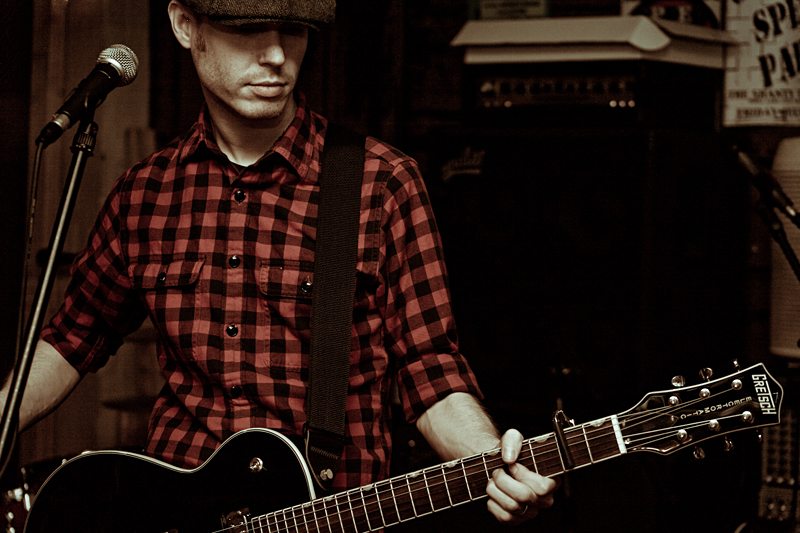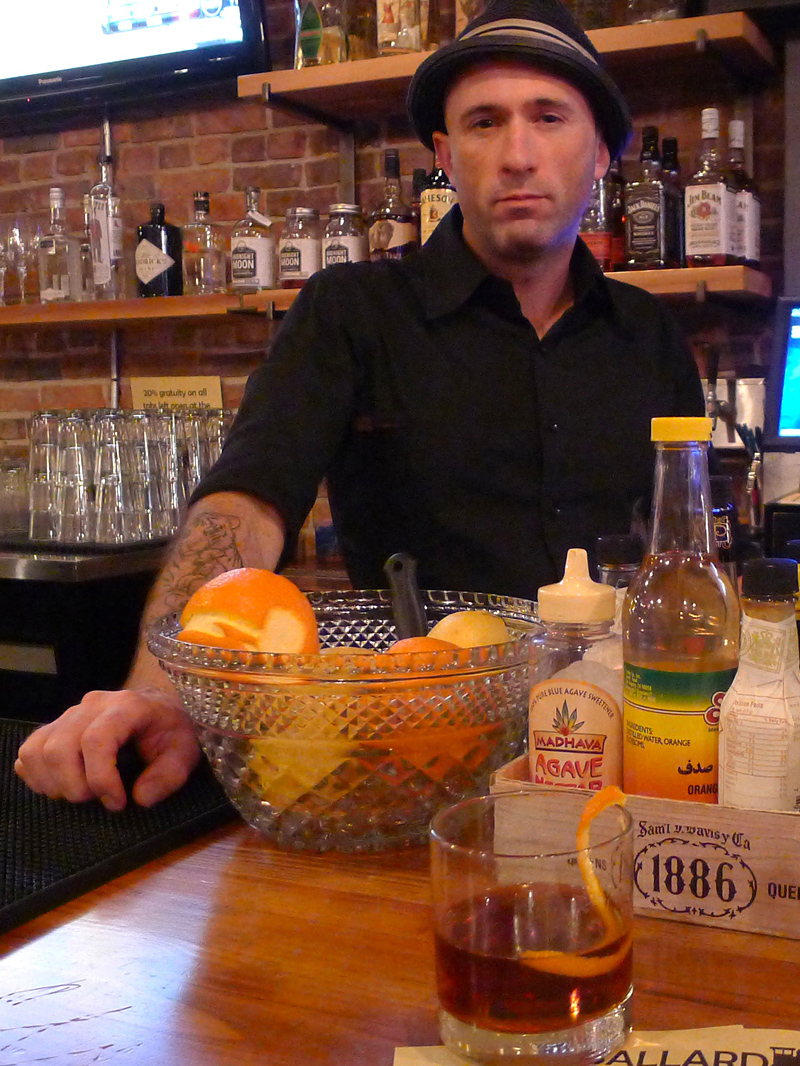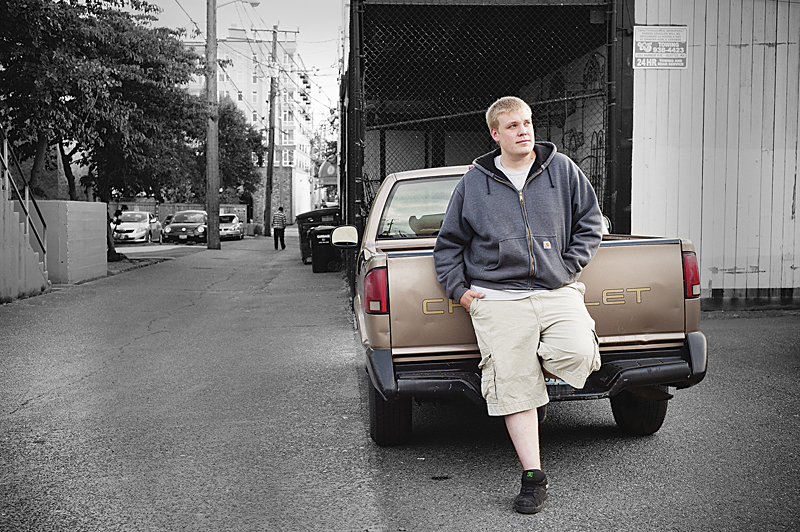The City of Seattle has been awarded a $1 million federal grant to reduce juvenile crime in Rainier Beach, and says it will be thinking outside the box to when it comes to the city’s most crime-plagued blocks.
George Mason University previously conducted extensive research on crime trends in Seattle and found that crime concentrates in a handful of “hot spots”—street corners, alleys, parks, etc.—even if police try to crack down with arrests and traditional law-enforcement strategies. Professor David Weisburd analyzed crime data from 1989 to 2004 and found that one-third of Seattle’s juvenile crime occurred on just 86 of the city’s 30,000 individual street “segments.”
“The thing, if you read about hot spots, that is so fascinating is they tend not to change over time,” says Mariko Lockhart, director of the Seattle Youth Violence Prevention Initiative, one of the partnering groups that will work on the three-year project. “There’s a lot of common belief that if you have a lot of police presence in this one area, you’ll squeeze it like a tube of toothpaste so it goes somewhere else. You read this research that David has done, you really see it persists in specific locations over time.”
The grant money will focus specifically on reforming five to-be-determined hot spots in Rainier Beach. Lockhart says a top priority will be the intersection of Rainier Avenue South and South Henderson Street, a notorious south Seattle crime hub. During the first year, researchers at George Mason will gather additional data about crime in Seattle. After that, the stakeholders will formulate some fixes that go beyond sending cops to hassle kids on street corners.
Lockhart says it’s “a luxury” to have three years to tackle the problem (although Seattle police and city leaders have been trying for at least three decades), explaining that the project allows for a long-term solution rather than a quick fix. “So often when facing an issue like youth violence, we want to respond quickly and address the issue right now,” Lockhart says. “I think this really will give us a lot of knowledge that could potentially have a much bigger impact on juvenile crime than we’d otherwise have the opportunity to have.
“The goal is identifying what are the root causes,” Lockhart continues. “Why is juvenile crime happening on this spot and not three blocks down?”







